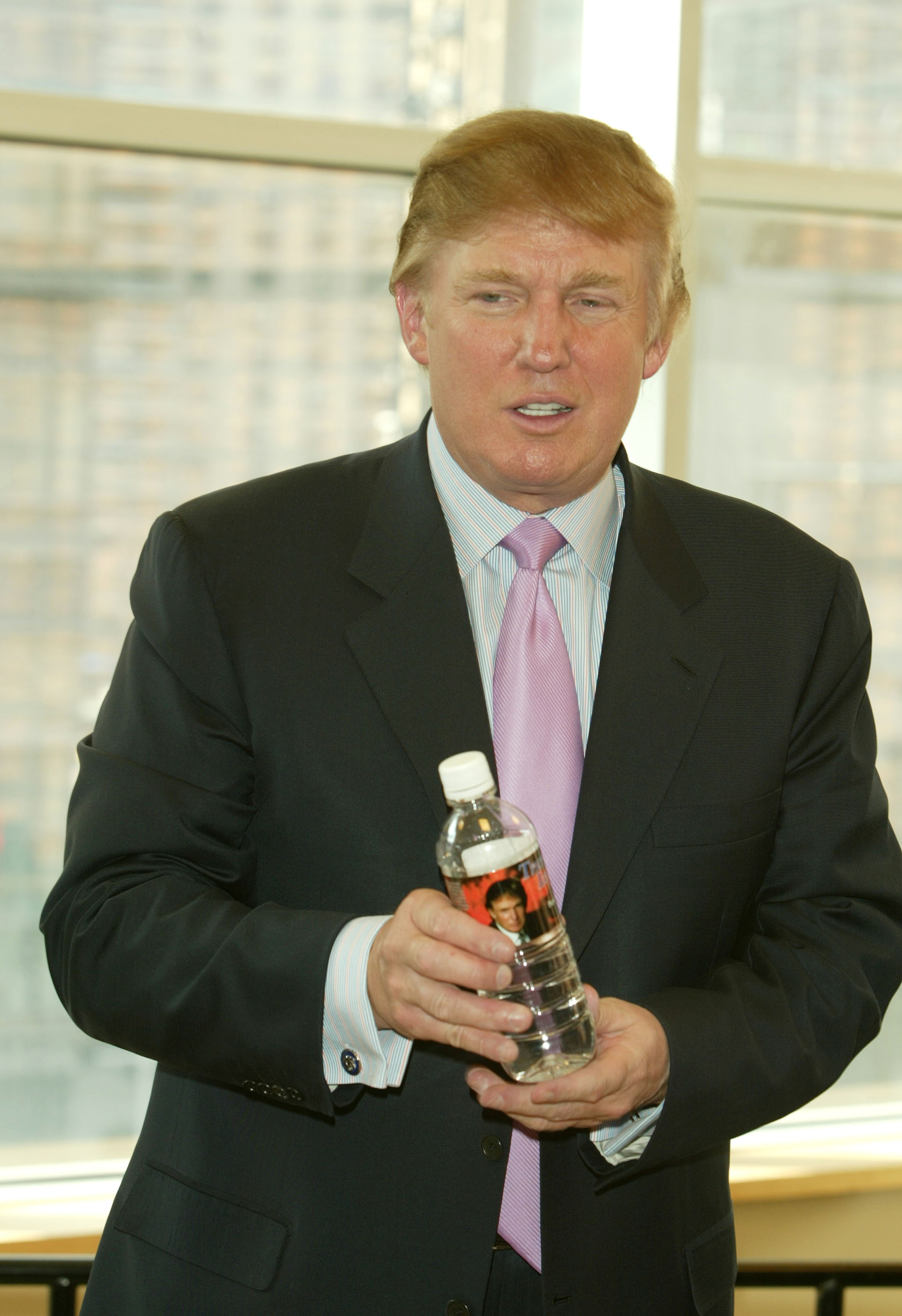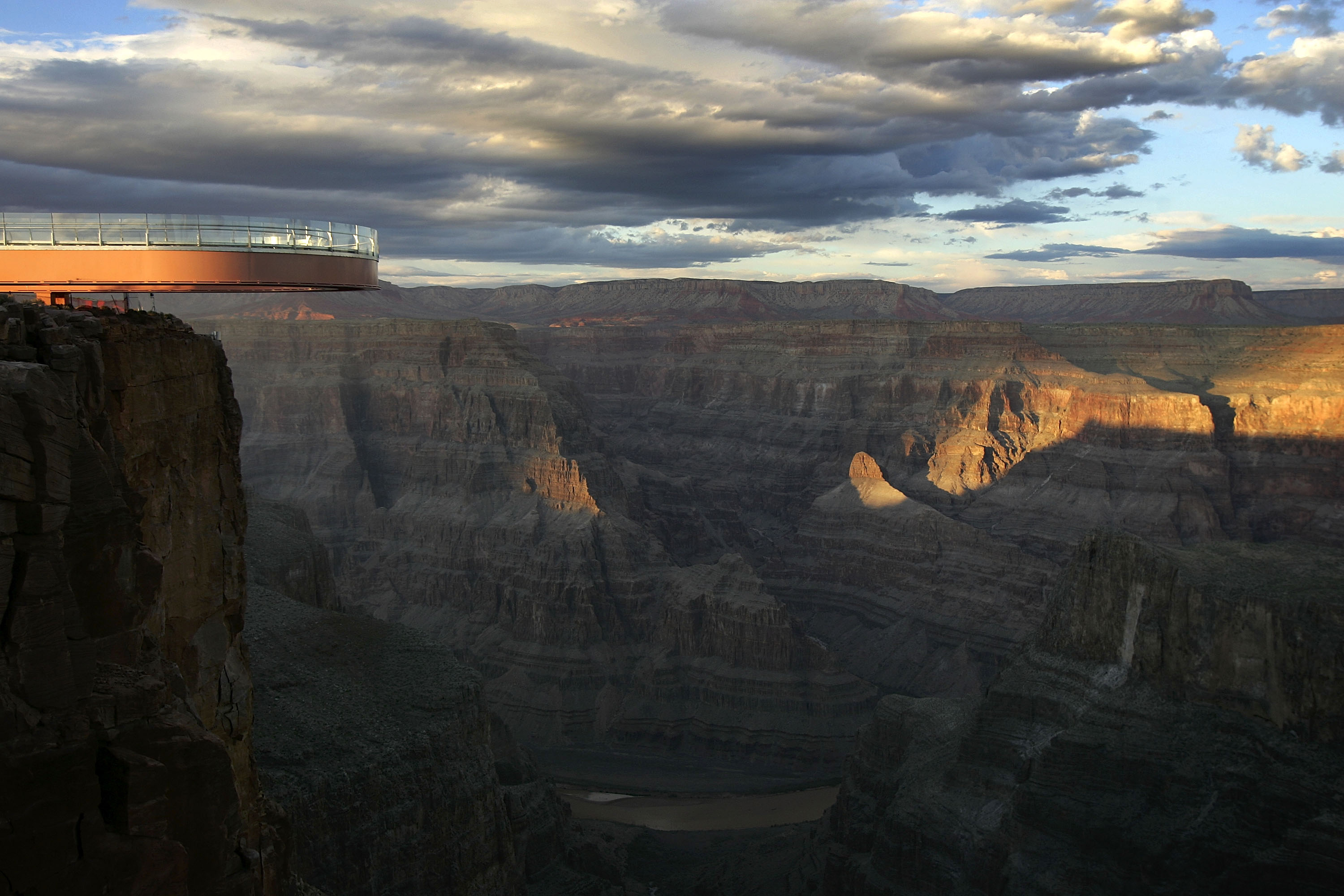
(Photo: Peter Kramer/Getty Images)
Hardly a week passes without a new headline detailing the truly horrific quantity of plastic pollution scattered across our planet. During the final week of September, news broke that scientists were finding floating plastic debris as far north as the Arctic Ocean. Days earlier, NPR broadcast a story about the plastic waste found in common shellfish like clams and oysters. On September 6th, meanwhile, the Guardian published a piece announcing the widespread prevalence of microplastic particles in tap water around the world, the health impacts of which are still largely unknown.
Given the scope and scale of this dangerous pollution problem, one might expect our country’s public service agencies to do all they can to combat it. But that’s not the country we live in. Indeed, our leaders in Washington, D.C., seem intent on making the problem worse.
In 2011, the Obama administration implemented a policy that encouraged national parks to end the sale of disposable water bottles within their boundaries. As a result, roughly two dozen parks across the country, including icons like Grand Canyon National Park, eliminated disposable water bottle sales outright. It was a smart policy—an easy way to reduce waste on America’s most beautiful landscapes.
But officials in President Donald Trump’s Washington didn’t like it. Bent as always on erasing its predecessor’s legacy, the Trump administration rescinded the National Park Service water bottle ban in August.
The administration’s press release announcing the decision was extremely vague, and filled with platitudes about “providing a safe and world-class visitor experience.”
In a prepared statement, Michael Reynolds, the acting National Park Service director, said that it “should be up to our visitors to decide how best to keep themselves and their families hydrated during a visit to a national park, particularly during the hot summer months.”
Needless to say, the Park Service’s reasoning feels rather flimsy, and that feeling is only heightened when one learns that the agency rolled back the water bottle ban despite its own findings that the policy had ample environmental benefits.
Late last month, in response to a Freedom of Information Act request, the agency released a “program evaluation report” that assesses the efficacy of the Obama-era water bottle ban. Its conclusions are unequivocal:
Annual savings of 1.32 million – 2.01 million water bottles/year demonstrates the program has significant environmental benefits that encompass the entire lifecycle of [disposable water bottles]. It also indicates that parks support the [water bottle ban policy] and are seeing tangible outcomes. The policy further demonstrates the commitment of the [National Park Service] to environmental stewardship, to reducing the environmental footprint of the [National Park Service], and to the concept of sustainability.
The Trump administration eliminated the program despite the fact that it prevented the disposal of up to two million plastic water bottles each year, which begs the question: Why?
The most likely explanation is located in the lobbying records of the International Bottled Water Association, or IBWA, an industry group that represents some of the largest bottling companies in the country, including Nestle and Coca Cola. The organization opposed the National Park Service’s new water bottle policy from the start, calling it a “misleading attack on bottled water” and campaigned vigorously against it. As this campaign unfolded, IBWA’s lobbying expenditures skyrocketed.

(Photo: David McNew/Getty Images)
Before 2014 IBWA never spent more than $120,000 a year lobbying Congress and the federal government, according to the Center for Responsive Politics. But, in 2014, its lobbying bills began to climb. In 2015, it spent $420,000 lobbying in Washington, D.C. In 2016, it spent $580,000 on lobbying expenditures. And so far this year, it has doled out $220,000 to its Beltway lobbyists, including the powerful firm Van Ness Feldman.
IBWA’s quarterly lobbying reports for each of these years indicate that its hired guns worked in opposition to the National Park Service’s bottled water policy in both the United States House of Representatives and the Senate. And this year, with a new administration in office, the group’s lobbyists also intervened at the Department of the Interior directly. Its second quarterly report in 2017, for instance, indicates that four different lobbyists—Nancy McNally, Sean Taylor, Jonathan Simon, and Alan Mintz—lobbied the Senate, the House, and the Department of the Interior on the following topics: “General education regarding bottled water industry; Recycling; National Park Service bottled water policy.”
IBWA committed at least $1.2 million lobbying the federal government over the last two-and-a-half years and that money seems to have been well spent.
“IBWA applauds the numerous House and Senate members and IBWA member companies who worked tirelessly for many years to see bottled water recognized as a key component of healthy hydration in the national parks,” the group wrote in a victorious statement after the NPS policy was rescinded. “Congress held hearings to question the policy’s efficacy and overall need, included language in bills urging the NPS to rescind the policy, as well as weighed in directly to the Administration through letters and personal calls. If not for all of these efforts the policy would still be in place and national park visitors would be deprived of the healthiest beverage choice.”
When you represent massively powerful private interests, when you front for corporate behemoths with bottomless cash reserves, you tend to get your way in Washington, D.C.





